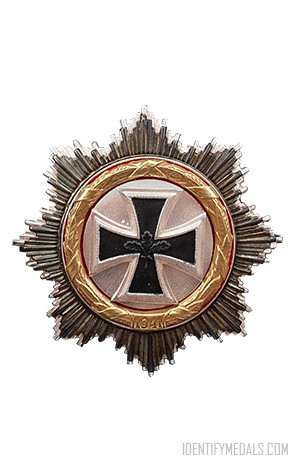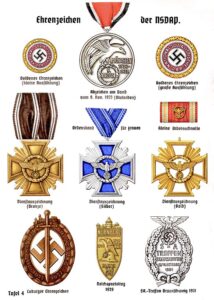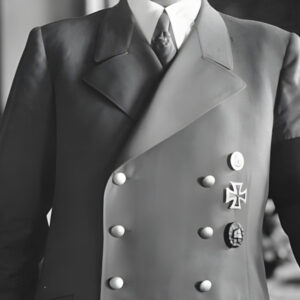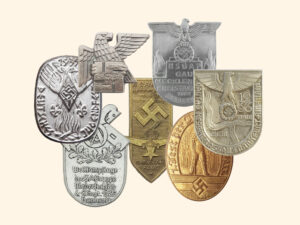- Time Period: Post-WW2
- Institution: 01 June 1949
- Country: Germany (GDR DDR German Democratic Republic)
The Decoration of the German People’s Police (or Auszeichnung der Deutschen Volkspolizei in German) was established in the German Democratic Republic to recognize the dedication and exemplary service of police personnel.
This medal was instituted in 1954 by the Ministry of the Interior to reward the hard work and achievements of the officers in maintaining public order and safety.
The award highlighted the importance of the People’s Police in the socialist state, showcasing their role in protecting the interests of the state and its citizens.
The Award Criteria
The criteria for receiving the Decoration of the German People’s Police included demonstrating outstanding performance in service, exceptional bravery, and significant contributions to public safety.
The medal was awarded to officers who exhibited exemplary conduct, effectiveness in law enforcement, and notable achievements in their duties. It was intended to motivate and acknowledge the police force’s efforts in upholding the law and securing the GDR’s socialist order. The decoration came in multiple classes, which included Bronze, Silver, and Gold, each reflecting the level of merit and service rendered by the recipient.
The Award Design
The design of the Decoration of the German People’s Police featured a circular medal made of bronze, silver, or gold, depending on the class.
The obverse showcased the emblem of the People’s Police, which included a stylized shield with elements representing law enforcement.
The reverse side had an inscription highlighting the award’s purpose and the year of issuance. The medal was attached to a ribbon, usually in green with stripes of black, red, and yellow, reflecting the GDR’s national colors.
This ribbon was worn on the left chest, signifying the recipient’s distinguished service.


















